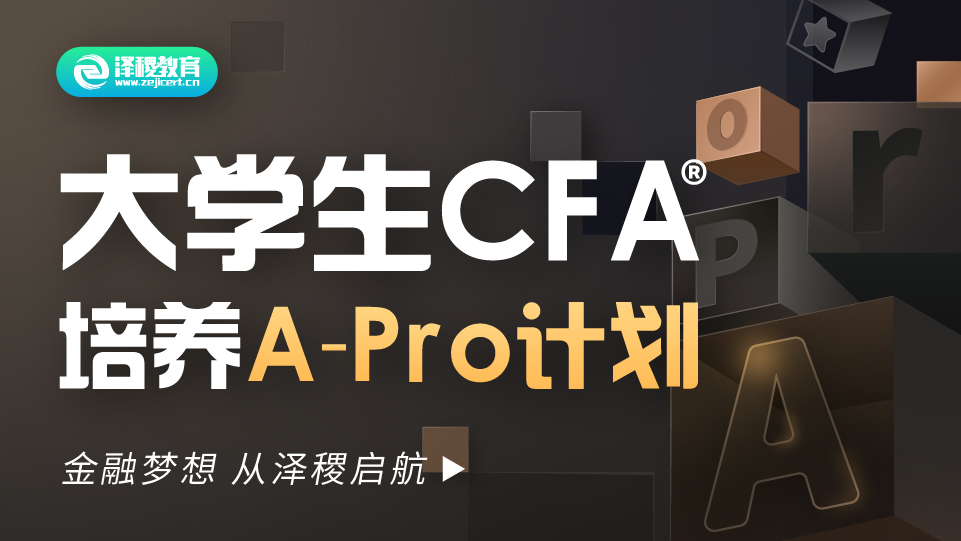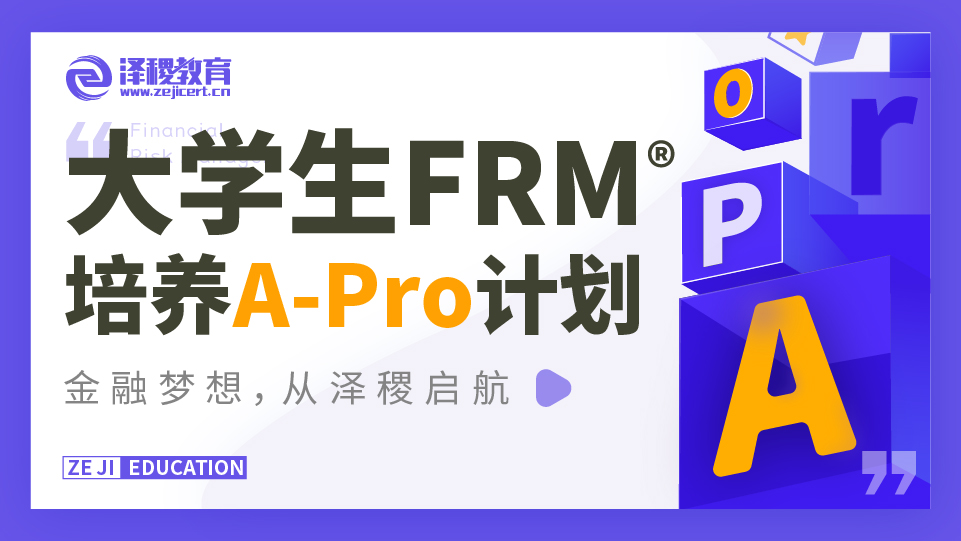ACCA P2 考官文章 WHEN DOES DEBT SEEM TO BE EQUITY?
This article is relevant to Paper P2 and the Diploma in International Financial Reporting
The difference between debt and equity in an entity’s statement of financial position is not easy to distinguish for preparers of financial statements. Many financial instruments have both features with the result that this can lead to inconsistency of reporting.
The International Accounting Standards Board (IASB) agreed with respondents from its public consultation on its agenda (December 2012 report) that it needs greater clarity in its definitions of assets and liabilities for debt instruments. This should therefore help eliminate some uncertainty when accounting for assets and financial liabilities or non-financial liabilities. The respondents felt that defining the nature of liabilities would advance the IASB’s thinking on distinguishing between financial instruments that should be classified as equity and those instruments that should be classified as liabilities.
The objective of IAS 32, Presentation is to establish principles for presenting financial instruments as liabilities or equity and for offsetting financial assets and liabilities. The classification of a financial instrument by the issuer as either debt or equity can have a significant impact on the entity’s gearing ratio, reported earnings, and debt covenants. Equity classification can avoid such impact but may be perceived negatively if it is seen as diluting existing equity interests. The distinction between debt and equity is also relevant where an entity issues financial instruments to raise funds to settle a business combination using cash or as part consideration in a business combination.
Understanding the nature of the classification rules and potential effects is critical for management and must be borne in mind when evaluating alternative financing options. Liability classification normally results in any payments being treated as interest and charged to earnings, which may affect the entity's ability to pay dividends on its equity shares.
The key feature of debt is that the issuer is obliged to deliver either cash or another financial asset to the holder. The contractual obligation may arise from a requirement to repay principal or interest or dividends. Such a contractual obligation may be established explicitly or indirectly but through the terms of the agreement. For example, a bond that requires the issuer to make interest payments and redeem the bond for cash is classified as debt. In contrast, equity is any contract that evidences a residual interest in the entity’s assets after deducting all of its liabilities. A financial instrument is an equity instrument only if the instrument includes no contractual obligation to deliver cash or another financial asset to another entity, and if the instrument will or may be settled in the issuer's own equity instruments.
For instance, ordinary shares, where all the payments are at the discretion of the issuer, are classified as equity of the issuer. The classification is not quite as simple as it seems. For example, preference shares required to be converted into a fixed number of ordinary shares on a fixed date, or on the occurrence of an event that is certain to occur, should be classified as equity.
A contract is not an equity instrument solely because it may result in the receipt or delivery of the entity’s own equity instruments. The classification of this type of contract is dependent on whether there is variability in either the number of equity shares delivered or variability in the amount of cash or financial assets received. A contract that will be settled by the entity receiving or delivering a fixed number of its own equity instruments in exchange for a fixed amount of cash, or another financial asset, is an equity instrument. This has been called the ‘fixed for fixed’ requirement. However, if there is any variability in the amount of cash or own equity instruments that will be delivered or received, then such a contract is a financial asset or liability as applicable.
For example, where a contract requires the entity to deliver as many of the entity’s own equity instruments as are equal in value to a certain amount, the holder of the contract would be indifferent whether it received cash or shares to the value of that amount. Thus, this contract would be treated as debt.
Other factors that may result in an instrument being classified as debt are:
- is redemption at the option of the instrument holder?
- is there a limited life to the instrument?
- is redemption triggered by a future uncertain event that is beyond the control of both the holder and issuer of the instrument?
- are dividends non-discretionary?
Similarly, other factors that may result in the instrument being classified as equity are whether the shares are non-redeemable, whether there is no liquidation date or where the dividends are discretionary.
The classification of the financial instrument as either a liability or as equity is based on the principle of substance over form. Two exceptions from this principle are certain puttable instruments meeting specific criteria and certain obligations arising on liquidation. Some instruments have been structured with the intention of achieving particular tax, accounting or regulatory outcomes, with the effect that their substance can be difficult to evaluate.
The entity must make the decision as to the classification of the instrument at the time that the instrument is initially recognised. The classification is not subsequently changed based on changed circumstances. For example, this means that a redeemable preference share, where the holder can request redemption, is accounted for as debt even though legally it may be a share of the issuer.
In determining whether a mandatorily redeemable preference share is a financial liability or an equity instrument, it is necessary to examine the particular contractual rights attached to the instrument's principal and return elements. The critical feature that distinguishes a liability from an equity instrument is the fact that the issuer does not have an unconditional right to avoid delivering cash or another financial asset to settle a contractual obligation. Such a contractual obligation could be established explicitly or indirectly. However, the obligation must be established through the terms and conditions of the financial instrument. Economic necessity does not result in a financial liability being classified as a liability. Similarly, a restriction on the ability of an entity to satisfy a contractual obligation, such as the company not having sufficient distributable profits or reserves, does not negate the entity's contractual obligation.
Some instruments are structured to contain elements of both a liability and equity in a single instrument. Such instruments – for example, bonds that are convertible into a fixed number of equity shares and carry interest – are accounted for as separate liability and equity components. 'Split accounting' is used to measure the liability and the equity components upon initial recognition of the instrument. This method allocates the fair value of the consideration for the compound instrument into its liability and equity components. The fair value of the consideration in respect of the liability component is measured at the fair value of a similar liability that does not have any associated equity conversion option. The equity component is assigned the residual amount.
IAS 32 requires an entity to offset a financial asset and financial liability in the statement of financial position only when the entity currently has a legally enforceable right of set-off and intends either to settle the asset and liability on a net basis or to realise the asset and settle the liability simultaneously. An amendment to IAS 32 has clarified that the right of set-off must not be contingent on a future event and must be immediately available. It also must be legally enforceable for all the parties in the normal course of business, as well as in the event of default, insolvency or bankruptcy. Netting agreements, where the legal right of offset is only enforceable on the occurrence of some future event – such as default of a party – do not meet the offsetting requirements.
Rights issues can still be classified as equity when the price is denominated in a currency other than the entity’s functional currency. The price of the right is denominated in currencies other than the issuer’s functional currency, when the entity is listed in more than one jurisdiction or is required to do so by law or regulation. A fixed price in a non-functional currency would normally fail the fixed number of shares for a fixed amount of cash requirement in IAS 32 to be treated as an equity instrument. As a result, it is treated as an exception in IAS 32 and therefore treated as equity.
Two measurement categories exist for financial liabilities: fair value through profit or loss (FVTPL) and amortised cost. Financial liabilities held for trading are measured at FVTPL, and all other financial liabilities are measured at amortised cost unless the fair value option is applied.
The IASB and FASB have been working on a project to replace IAS 32 and converge IFRS and US GAAP for a number of years. The ‘Financial instruments with characteristics of equity’ project (‘FICE’) resulted in a discussion paper in 2008, but has been put on hold.
Written by a member of the Paper P2 examining team





 白金級認可培訓(xùn)資質(zhì)(總部)
白金級認可培訓(xùn)資質(zhì)(總部)
 課程試聽
課程試聽
 職業(yè)規(guī)劃
職業(yè)規(guī)劃
 ACCA中文教材
ACCA中文教材
 考位預(yù)約
考位預(yù)約
 免費資料
免費資料




 題庫下載
題庫下載
 模擬機考
模擬機考




 CFA?成績查詢
CFA?成績查詢




 GARP協(xié)會官方認可FRM?備考機構(gòu)
GARP協(xié)會官方認可FRM?備考機構(gòu)




















